Why We’re Excited About LEED v5
Why We’re Excited About LEED v5 and Why You Should Be, Too!
- Sustainable Built Environments
Practices Engaged

Why We’re Excited About LEED v5 and Why You Should Be, Too!The release of LEED v5 earlier this year marks a pivotal upgrade to our trusty green building rating system. This upgrade will bring better conversations with project teams and owners, improvements to pain points we’ve felt over the years, and a refined focus on net zero carbon, resilience, and equity which will yield more impactful sustainable design. At Brightworks, we’re excited about it, and here’s why you should be too! Connecting to Corporate CommitmentsWith each LEED building project, our goal is not to chase points but to tie LEED credits to each owner’s sustainability and ESG commitments so we can focus on impact and value. One of the most significant advances in LEED v5 is how the new prerequisites create a robust framework for project teams and owners to connect individual projects to corporate net zero commitments. For owners already tackling Scope 3 emissions with whole building life cycle assessments and embodied carbon reduction strategies, the new Quantify and Assess Embodied Carbon prerequisite will be familiar. For projects that aren’t yet considering the embodied carbon of materials, this prerequisite will be the nudge needed to assess the most carbon intensive materials (asphalt, concrete, masonry, structural steel, insulation, aluminum extrusions, structural wood and composites, cladding, and glass), identify the top three sources, and make a plan to reduce the impacts of these hot spots. The new Carbon Assessment and Operational Carbon Projection and Decarbonization Plan prerequisites align with corporate net zero commitments for Scopes 1 and 2 and the Planning for Zero Waste Operations prerequisite aligns with zero waste goals (and hopefully will increase demand for commercial composting in more cities!). Instead of treating LEED certification as a standalone, v5 positions it as an integral part of a comprehensive sustainability roadmap and aligns with ESG reporting. This alignment means we can use LEED to continue to have more meaningful conversations with organizations about how their building project fits into their larger environmental strategy. Restructuring Energy and Water CreditsThe restructured energy credits in LEED v5 BD+C create natural opportunities for deeper and more integrated discussions about building performance. LEED v4 BD+C held 18 points in the Optimize Energy Performance credit, which focused on demonstrating a building’s designed energy cost savings through energy modeling. In LEED v5, that single pathway is now split into multiple, more targeted credits:
For tenant fit out projects using ID+C, a new streamlined pathway allows projects that select energy efficient LEED-certified base buildings to pick up points. For water, the whole project water use reduction pathway, once an alternative compliance pathway under LEED v4, is now a standard option. This change is especially beneficial for data center projects, where air-cooled facilities can now receive appropriate credit on the LEED scorecard for this design over traditional water-cooled systems. This holistic water model will help other projects as well, pushing teams to compare each water use type to see where reductions or reuse will be most impactful. There are also new pathways for laboratories and projects with commercial kitchens to gain credit for selecting low-water-using appliances and equipment. Resilience and EquityLEED v5’s emphasis on resilience provides the tools and framework to have deeper conversations with project teams about how their buildings will perform not just today, but decades into the future. Teams are now required to consider the most prevalent climate risks at each site and develop a plan for the design to address them, with the Enhanced Resilient Site Design and Resilient Spaces credits serving as a guide for what good looks like. Equity considerations are distributed throughout the new rating system, with a prerequisite for a Human Impact Assessment and a credit for Accessibility and Inclusion that pulls from the WELL rating system. Practical ImprovementsSome of the most exciting improvements under LEED v5 are small but impactful updates that will allow us to focus on strategies that really move the needle and not get caught in the weeds of points chasing. Some of our favorite improvements include:
Brightworks Sustainability looks forward to digging into LEED v5 on future projects with teams that are ready to make a real impact! Ready to explore how LEED v5 can benefit your next project? Contact a Brightworker to discuss how the new and improved rating system can connect to your corporate commitments and sustainability goals. Written by Elena Goldstein-Lake, Sustainable Buildings Technical Lead, Brightworks Sustainability |

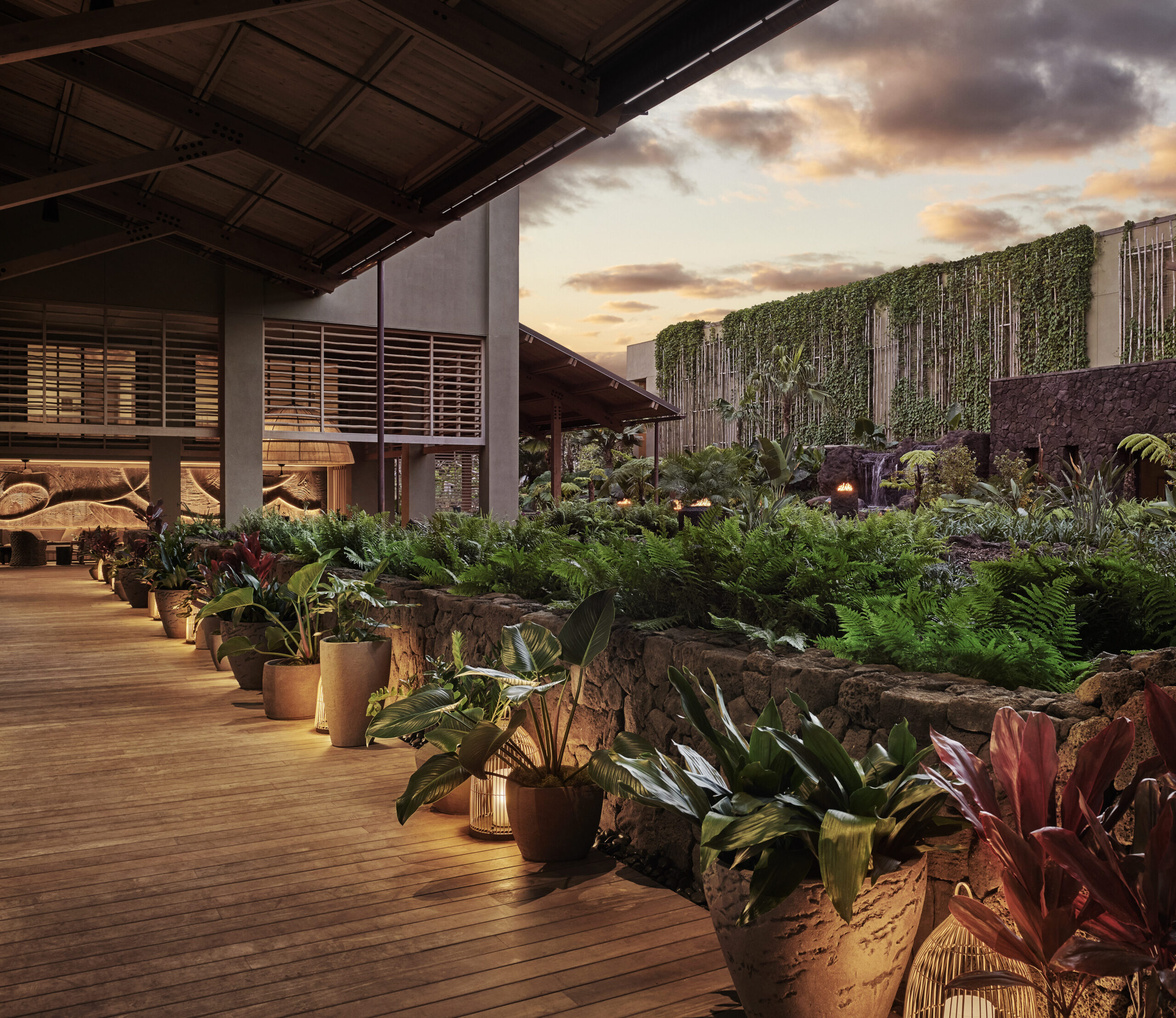
Starwood Hotels & Resorts
1 Hotel Hanalei Bay Luxury Resort
Starwood Hotels & Resorts
1 Hotel Hanalei Bay Luxury Resort
Princeville, HI
Brightworks provided LEED certification management and energy services to support Starwood Hotels with the major renovation and rebranding of Kauai’s Princeville Hotel into a flagship 1 Hotel resort focused on sustainable hospitality and wellness. Brightworks collaborated with the design and construction team to incorporate innovative strategies that will save energy and water, improve operations, and protect local ecosystems. Brightworks also delivered comprehensive energy modeling services, which allowed the project team to identify energy conservation measures and evaluate options.
Practices Engaged:
Sustainable Built Environments
Industry Sectors:
Hotel
Building Types:
Hotels & Resorts


Gerding Edlen
5 MLK Apartments
Gerding Edlen
5 MLK Apartments
Portland, OR
This biophilically-designed tower achieved LEED Gold and Fitwel 1 Star certification while also featuring a resiliency program. The building offers 100,000 square feet of offices on lower floors and 220 residential units with landscaped terraces above.
Practices Engaged:
Sustainable Built Environments, Healthier Built Environments
Industry Sectors:
Residential
Building Types:
Luxury Residential

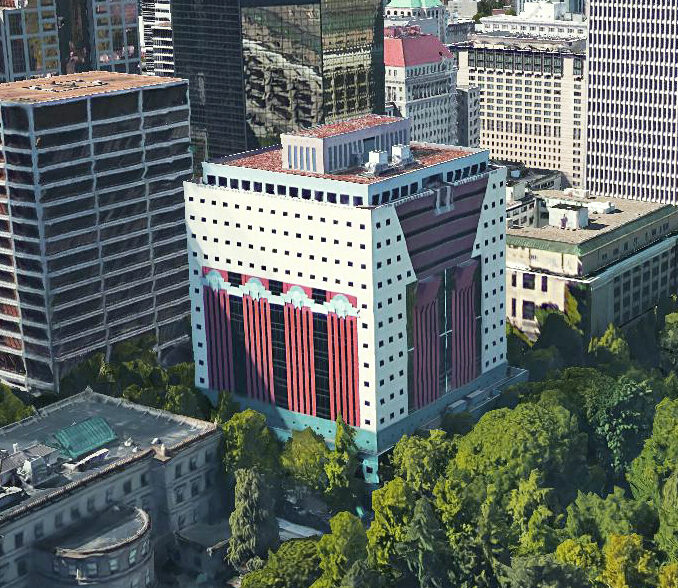
City of Portland
Case Study
City of Portland
Case Study
Practices Engaged:
Healthier Built Environments
Industry Sectors:
Corporate, Government, State & Local
Building Types:
Historic Buildings
Read more

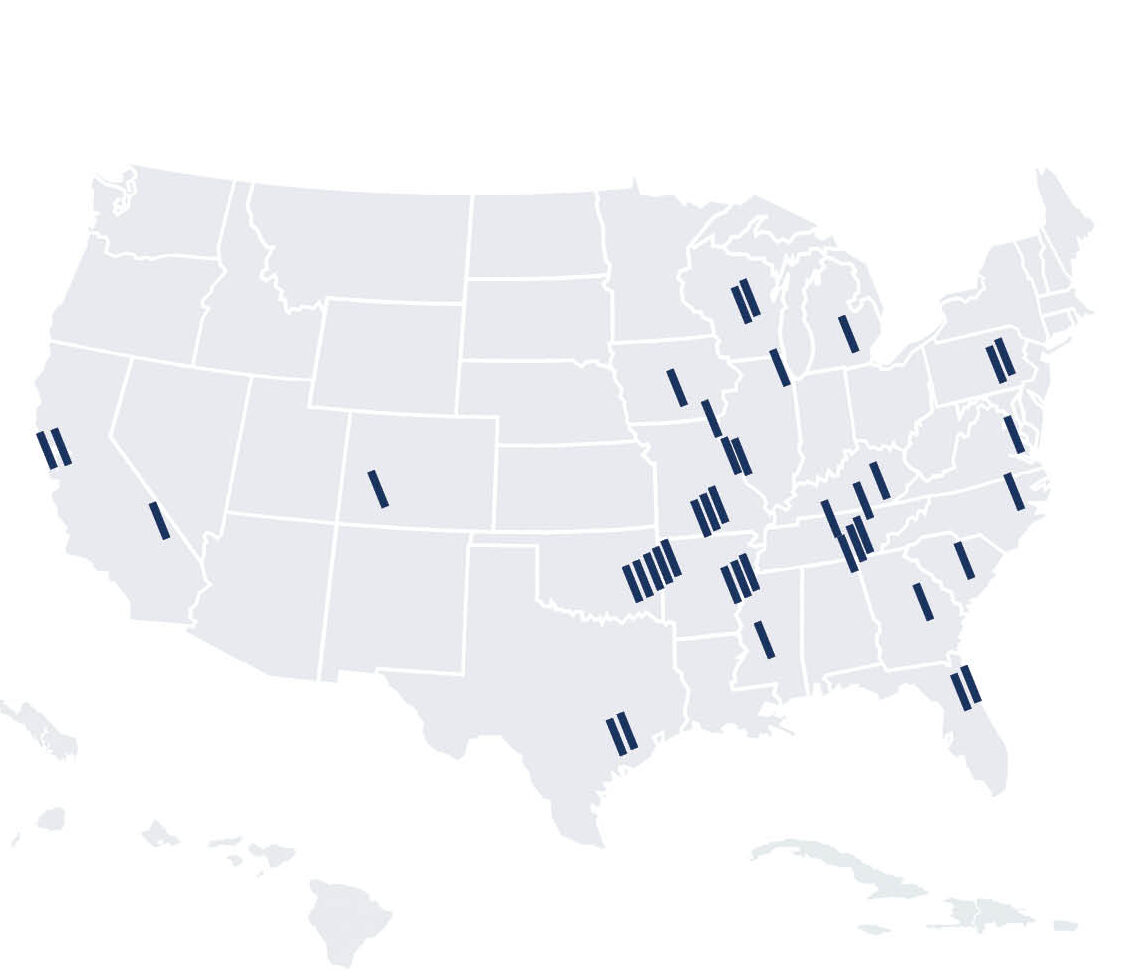
ABB
North American GreenCRREM Assessments
ABB
North American GreenCRREM Assessments
Arkansas, California, Florida, Georgia, Michican, Missouri, Mississippi, North Carolina, New Jersey, New Mexico, Oklahoma, Pennsylvania, South Carolina, Tennessee, Texas, Virginia, Wisconsin, West Virginia
ABB is a global leader in industrial technology. Across 17 states, Brightworks conducted sustainability assessments on more than 50 buildings in ABB's North American portfolio, including manufacturing, office, and warehousing facilities. An extensive report providing a baseline assessment for each site helped ABB prioritize energy efficiency measures, budget for carbon reduction efforts, and calculate ROI as part of its GreenCRREM program.
Practices Engaged:
Sustainable Built Environments, Carbon, Energy
Industry Sectors:
Corporate, Manufacturing

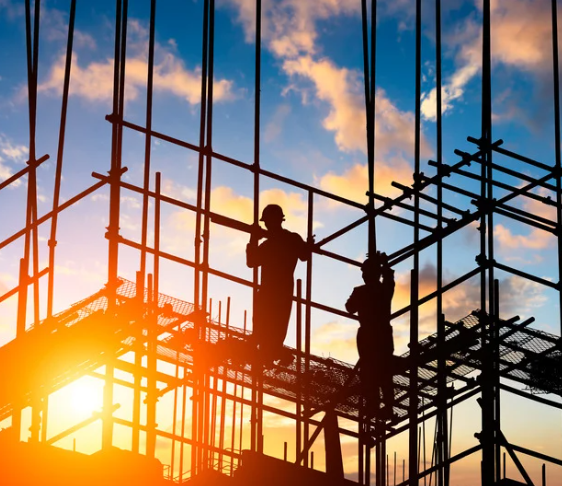
Salesforce
Case Study
Salesforce
Case Study
This letter to the industry highlights the urgent need to address embodied carbon in MEP/IT/AV systems. While operational emissions have seen progress, this embodied carbon remains a challenge. This article reveals insights to guide the industry toward a 50% reduction by 2030 to stay on track for meeting net-zero carbon targets for 2050.
Practices Engaged:
ESG + Corporate Sustainability, Sustainable Built Environments, Carbon, Materials
Read more

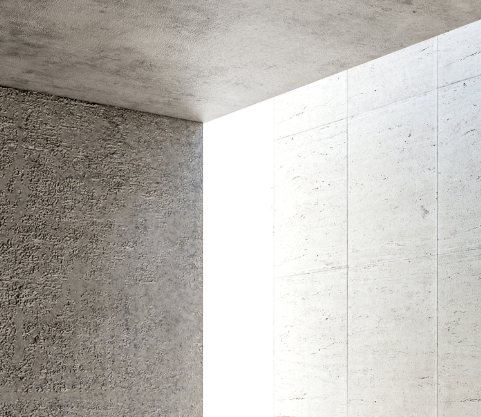
AI Meets Lower Carbon Concrete
AI Meets Lower Carbon Concrete
Concrete accounts for 8% of global GHG emissions, which is more than every country except the US and China. Lower carbon concrete is a critical climate solution, but designing it isn’t simple. While AI offers promise, experts warn of its limitations in capturing real-world variables. This post explores why human expertise still leads the way, and how integrative strategies are reshaping concrete’s future.
Practices Engaged:
Materials
Read more

-
U.S. GSA Diplomatic Security OfficeDiplomatic Security Office | Seattle, WA
-
U.S. Social Security Administration OfficeVan Nuys Office | CA